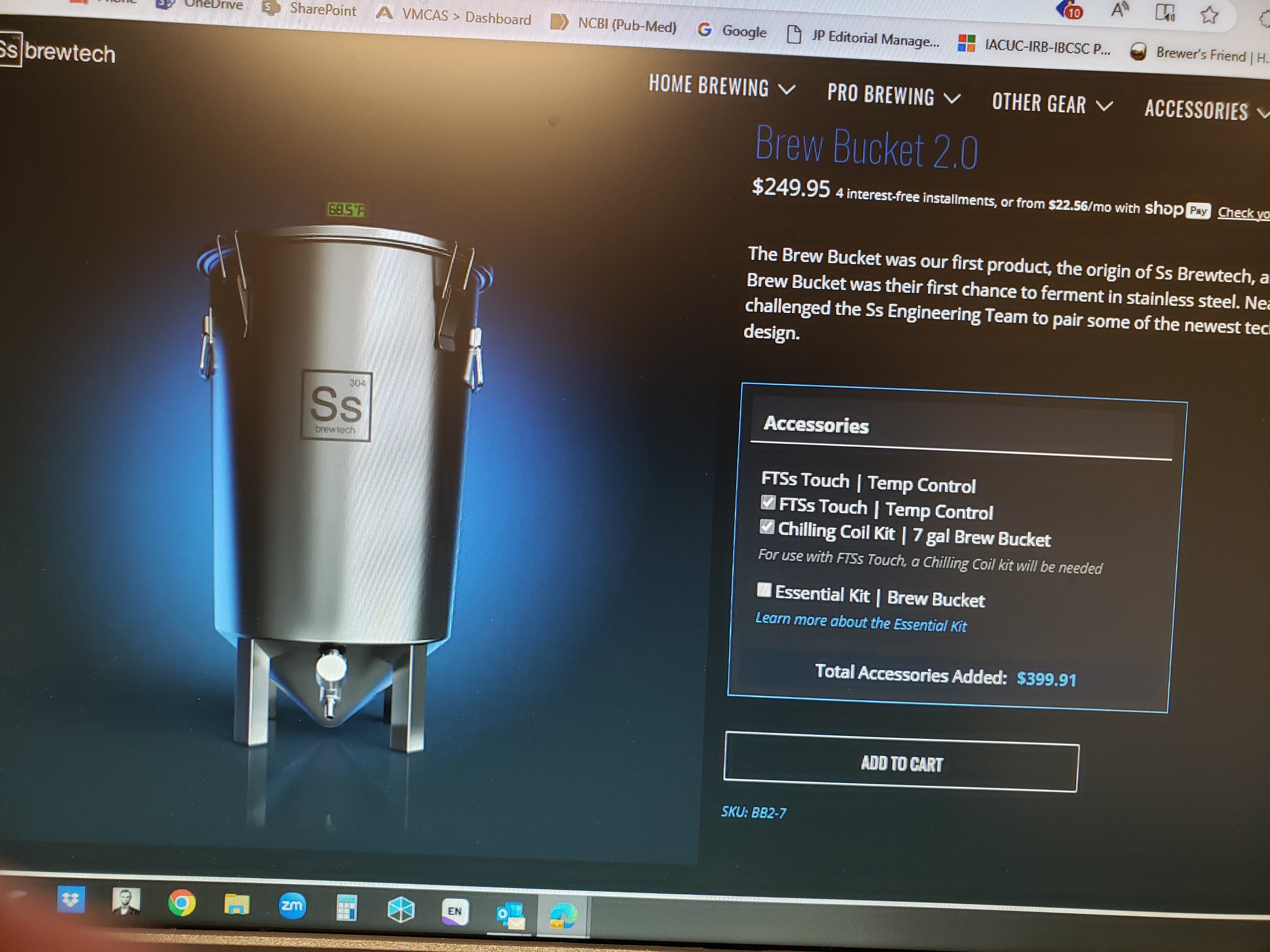sunbeam
Member
Hi all, I'm seeking some advice from those who have gone a few steps ahead of me in brewing. I've put about 60 batches behind me, mostly on a very basic system of an 8 gallon kettle, immersion chiller, converted cooler MT and a big aluminum pot for the HLT. Heat source is a 2-burner toastmaster commercial gas hotplate, 25k BTU per burner. Fermenting in carboys and buckets. I've been looking at HERMS and RIMS setups and wondering if this might improve my efficiency. I'm working on a tight budget and would like to allocate limited resources according to best returns. What was the best bang for the buck investment you made into your equipment? I have two cut out brewery kegs to start with, and I think the fittings from my kettle would swap over to increase my boil capacity, but before I spend the dough on a pump and stainless coil and fittings I'd like to know if it will be worth it or just more stuff to clean?





